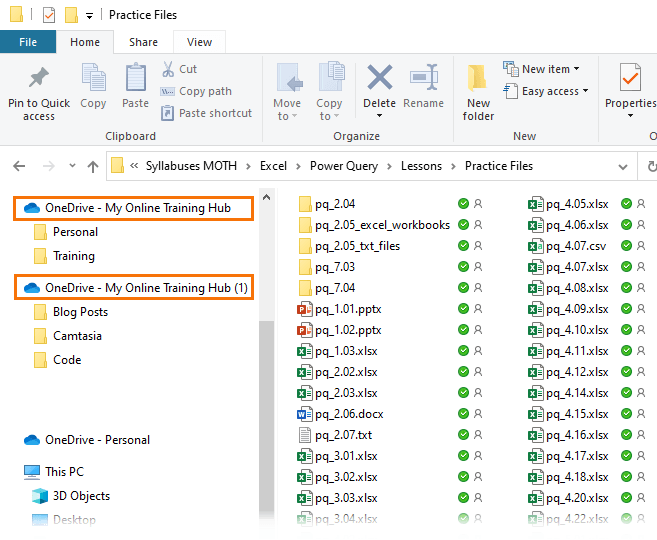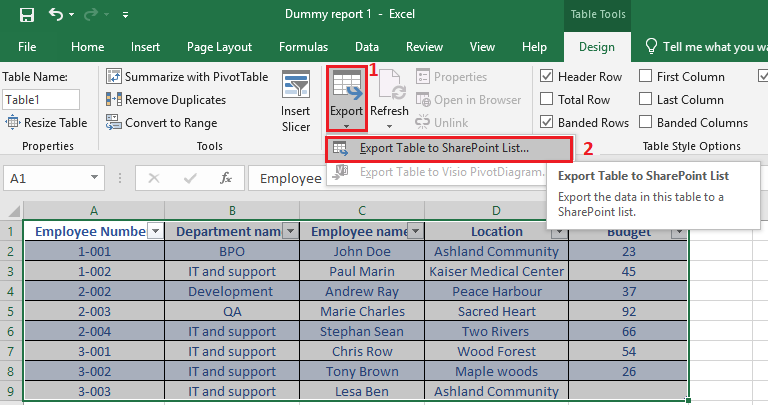

But how about calling it only once and filter the data that we have? Much more efficient. If there are 100 rows in Excel, we’ll call SharePoint at least 100 times. The strategy works, but it will generate a lot of calls to SharePoint.
#EXCEL GET DATA FROM SHAREPOINT LIST UPDATE#

Otherwise, we’ll keep creating new items for the same row in Excel, and we don’t want that. It’s a problem because we use the ID as the comparison key, so when we create a new item, we need to update the Excel ID. Since SharePoint creates the IDs automatically, we can’t force them when inserting the data. When create we need to update the Excel ID For example, you can have a “Recurrence” trigger that periodically fetches the information and updates the SharePoint list items. The trigger is currently “Manually trigger a Flow,” but you can easily change it for any other that makes sense for you.
#EXCEL GET DATA FROM SHAREPOINT LIST FREE#
The fields don’t even need to be named the same way, so feel free to change that. For the sake of our exercise, we’ll use the ID, but you can change it to be any field. We need a comparison key that is unique and identifies things on both sides. This will help us keep things similar on both sides. If the value doesn’t exist in SharePoint, we’ll create them. We will create a list of items if they don’t exist. So all changes need to be in Excel first, and only then will they be migrated to SharePoint.Īlso, we won’t check if the values are different before updating them, so we’ll update all values even if they don’t change. Excel will always contain the “source of truth,” meaning we’ll eventually override the data regardless of what’s done in the SharePoint List. We could check by date and other elements, but this would make things extremely complex, so let’s start with the simple first. We need to define who is the “master” of the information.

We will trigger the Flow, check Excel’s data, match it with the items in the SharePoint list, and update (or create) the values. In the next version of the template, we can think about syncing data both ways but, for now, let’s keep things simple. Syncing strategyįirst, we’ll always sync Excel to a SharePoint List, but not the other way around. As always, let’s start with the strategy and the assumptions for this exercise.


 0 kommentar(er)
0 kommentar(er)
